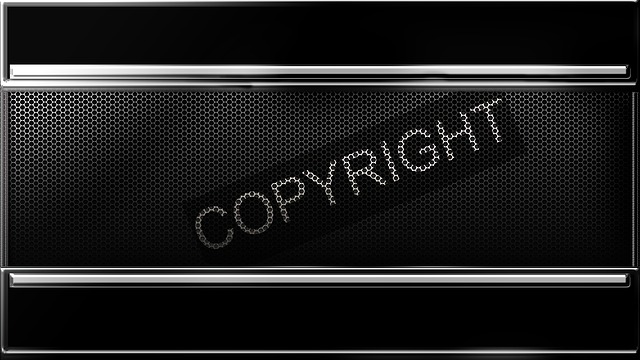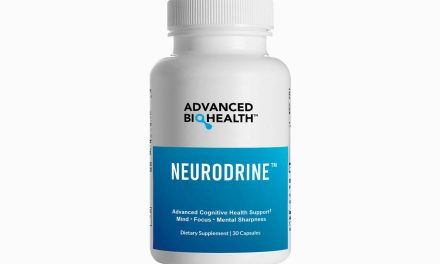Copyright is a form of intellectual property in which the physical expression of an idea or piece of creative work is legally protected from copying and redistribution by the author, their publisher, or anyone else. Every type of copyrighted work has what’s called a “copyright owner” that owns the rights to this ownership. The copyright owner determines who the exclusive rights holder is, and that holder then decides who the public can have access to copies of the work, what may or may not be copied from it, or which uses it can be put toward and for what purpose.
Moral rights remain with the author even after the copyright is transferred. When an individual or group of people enjoy exclusive use of a copyrighted work or content, this is called a “copyright owner.” They are not limited to just one but can own the rights to a number of works. The copyright owner determines who is allowed to access these works and what they are allowed to do with them.
What Is Copyright?
Copyright is a form of intellectual property protection for “original works of authorship” that are fixed in a tangible form. The copyright law provides for statutory protection of the rights to these works, and the rights holder is the owner. Other forms of protection include trademarks, trade secrets, and patents. The protection is available as of some date after an original work was created. Copyright law recognizes the value of protecting original creations by giving them a form of intellectual property recognition. In many countries, copyright subsists from the moment an author finishes his or her work and provides notice to the copyright owner. But in other countries, it gets more complicated and less desirable to file a claim for copyright infringement before actually creating your work.
How Copywriting Works?
A work is considered to be original when it is the product of “ideas, discoveries, or creative activities of the author’s own,” and it is not based on the work of another person. This can include artwork, books, films, music, and even software. The copyright owner decides what their rights are for each work in a variety of ways based on how the copyright law defines their rights below.
It is not necessary for the copyright to be registered in order to be protected, but it must be properly claimed in order for protection to exist. Registering allows you to take legal action and receive damages from those that violate your rights. Registering also allows you to sell or transfer the copyright. However, you can protect your work without registering your rights. If a work is not registered before or on the day you file a claim for copyright infringement, it is considered unregistered, and the owner loses their ability to register the work in the future. In some cases, there are additional fees associated with registering copyright.
To learn about what cannot be copyrighted, you can refer to this article from a law firm that focuses on US copyright law.
Copyright vs. Trademarks and Patents: What’s the Difference?
It is quite common to have a hard time distinguishing between copyright and trademark, and patent law. Copyright allows for the protection of one’s intellectual property in the form of a work that can be registered. Trademark law provides you with protection for a word, name, symbol, or design that is associated with your business or products. Patents provide protection to an important new invention by granting the owner rights over it. In many cases, the rights that are afforded by copyright and trademark protection overlap – so much so that one can be used to protect a particular work. For example, a person would need both copyright registration and trademark registration for the same piece of artwork. However, copyright law can be used in addition to trademarks and patent protection. For example, an artist could register their copyright while simultaneously signing a licensing agreement that includes trademark or patent protection.
A business that is protected by the four existing types of intellectual property (copyright, trademark, trade secret, and patent) is called an “IP owner.” It is important to understand their differences, so you know what type of protection you are working with. A trademark is a word, name, symbol, or design that identifies and distinguishes the goods and services of one business from those of others. It may also be applied to the packaging or advertising materials associated with a business. It may not be used by any other company to identify its goods and services.
Conclusion:
In general, copyright law is the protection of intellectual property. It assists in the development of intellectual property rights and facilitates the transmission and use of copyrighted works. Copyright is one of the most important forms of protection, but it is not by itself sufficient to ensure that work will be protected. In addition to copyright, there are also other types of intellectual property protection. A combination of these can be used for a variety of reasons and goals.
Copyright is one of the most commonly known forms of Intellectual Property Law. Every piece created is protected by an author’s, artist’s, or creator’s copyright. However, the more knowledge you get on Intellectual Property Law, the better off you will be in protecting your own work from infringement or misuse by others.







Recent Comments